
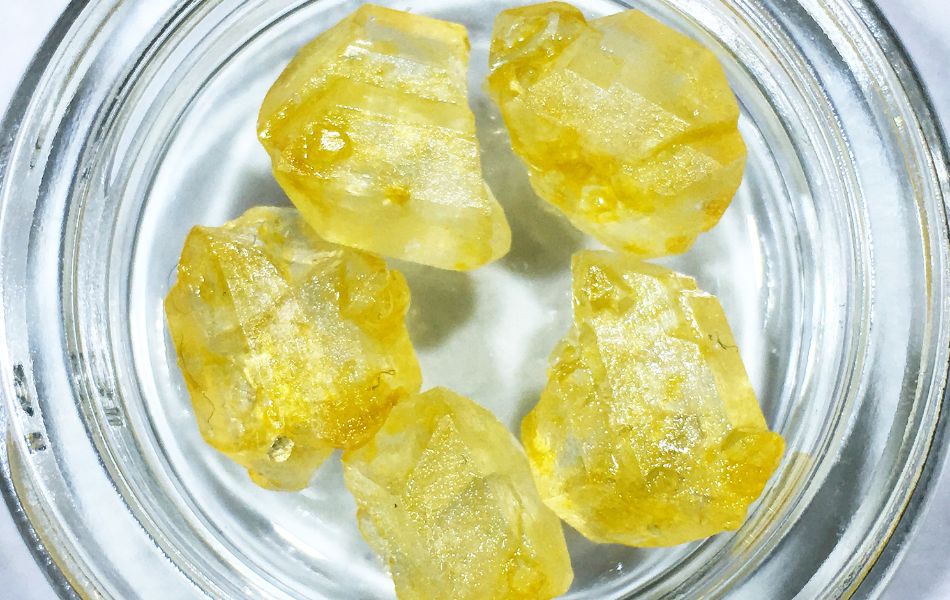
Creating THCA diamonds, also known as THCA crystalline, is a fascinating process that involves isolating and purifying tetrahydrocannabinolic acid (THCA) in its purest crystalline form. THCA diamonds are highly potent and sought after by cannabis enthusiasts due to their exceptionally high cannabinoid content, often exceeding 99% purity.
This comprehensive guide will walk you through the step-by-step process of making THCA diamonds, from selecting the right starting material to achieving the final crystalline product.
Wanna learn more about the conversion process from THCa to THC? If yes, click here.
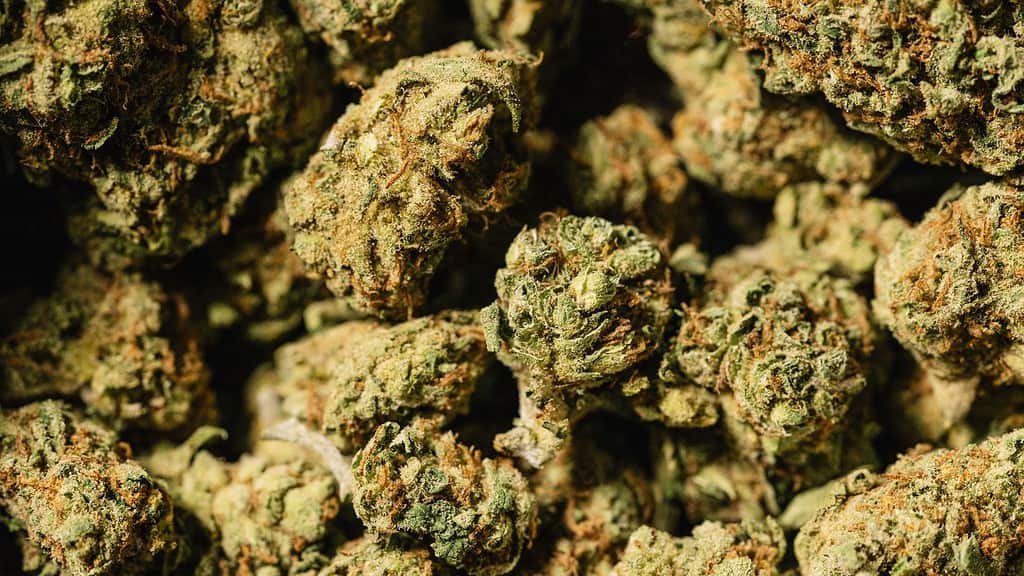
1. Starting Material Selection
The first crucial step in making THCA diamonds is choosing high-quality cannabis flower or trim. The quality of your starting material will significantly impact the final product. Look for strains that are known for their high THCA content. It’s essential to ensure that the cannabis is free from contaminants such as mold, mildew, and pesticides.

2. Extraction
The extraction process involves separating the cannabinoids and terpenes from the plant material to create a concentrated cannabis extract. There are various extraction methods, but the most common ones for THCA diamonds production include:
a. Hydrocarbon Extraction: This method uses solvents like butane or propane to extract cannabinoids and terpenes. It’s essential to have proper equipment and safety measures in place when working with hydrocarbons.
b. CO2 Extraction: Supercritical CO2 extraction uses carbon dioxide under high pressure to extract cannabinoids and terpenes. It is a safer and more controlled method, but it can be expensive.
c. Ethanol Extraction: Ethanol is a safe and effective solvent for extracting cannabinoids and terpenes. It’s essential to use food-grade ethanol and ensure proper ventilation during the process.

3. Winterization
After extraction, the crude oil should undergo winterization to remove unwanted fats, waxes, and lipids. To winterize your extract:
a. Dissolve the Extract: Combine the crude oil with 190-proof ethanol and mix thoroughly.
b. Freeze: Place the mixture in a freezer for at least 24 hours. This step will cause the fats and waxes to solidify.
c. Filter: After freezing, filter the mixture through a fine filter paper or a Buchner funnel to separate the waxes and lipids from the liquid.

4. Decarboxylation
THCA is a non-psychoactive cannabinoid found in raw cannabis. To convert THCA into psychoactive THC, you need to decarboxylate the extract. This step involves heating the extract to remove a carboxyl group (COOH) from THCA. The decarboxylation process typically occurs at temperatures between 220°F to 250°F (105°C to 121°C) for about 30-45 minutes.
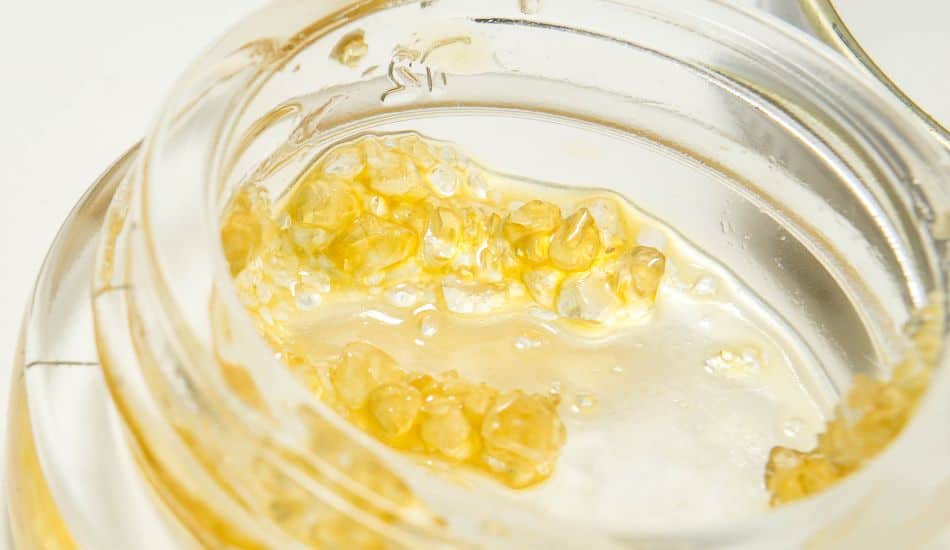
5. Purification
To achieve high-purity THCA crystals, you’ll need to purify the decarboxylated extract. This can be done through various methods, including:
a. Solvent Evaporation: Evaporate the solvent (e.g., ethanol) from the decarboxylated extract using a rotary evaporator or a vacuum oven. This will leave behind a concentrated oil.
b. Filtration: Pass the concentrated oil through a filter or mesh to remove any remaining impurities.
c. Chromatography: For even greater purification, you can use chromatography techniques to separate cannabinoids further.

6. Slow Cooling
To encourage the formation of THCA crystals, you’ll need to create the right environment for crystallization. Slow cooling is a critical step in this process:
a. Prepare a Sealed Container: Place the purified oil in a sealed, airtight container. Ensure there is minimal air or moisture inside.
b. Maintain a Stable Temperature: Keep the container at a stable temperature, typically around 68°F to 72°F (20°C to 22°C). You can use a temperature-controlled environment to achieve this.
c. Allow Time: Crystallization can take several days to a few weeks. Patience is crucial during this phase.
7. Terpene Reintroduction (Optional)
While THCA diamonds are highly potent, they lack the terpene profile that contributes to the flavor and aroma of cannabis. To reintroduce terpenes, you can use a terpene sauce or add terpenes extracted from the same strain.
8. Harvesting THCA Diamonds
Once you notice the formation of THCA crystals in your container, you can harvest them. Use a dab tool or similar instrument to carefully collect the crystals. Be gentle to avoid damaging the crystals.
9. Storing THCA Diamonds
To maintain the purity and quality of your THCA diamonds, store them in an airtight container away from light, heat, and moisture. Proper storage will help prevent degradation.
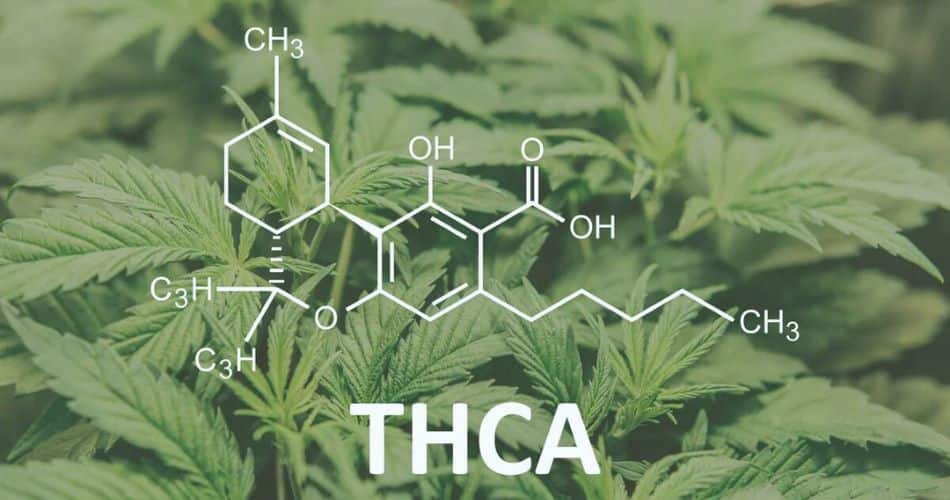
Safety Considerations:
- Use Proper Safety Gear: When working with solvents or flammable materials, wear appropriate safety gear, including gloves, safety goggles, and a lab coat.
- Ventilation: Ensure proper ventilation in your workspace to minimize the risk of solvent fumes accumulating.
- Fire Safety: If using solvents, follow strict safety protocols to prevent fires or explosions.
- Quality Control: Regularly test your product for potency and purity to ensure it meets safety and legal standards.

Conclusion:
In conclusion, producing THCA diamonds is a multi-step process that requires careful attention to detail and safety precautions. It’s essential to start with high-quality cannabis, use the right extraction and purification methods, and create the ideal conditions for crystallization.
With the right equipment and knowledge, you can create THCA diamonds that are highly sought after for their potency and purity.
Alan Rachmann
Leave a Comment
About El Jay's
We take pride in offering organically-grown THCa flower that is lab-tested to ensure the highest quality and purity. Our dedication to using sustainable and natural growing practices ensures that our flower is free of harmful pesticides and chemicals. Click here to view all our product offerings.
Recent Posts
Shop Now
-
- Sale!
Wholesale THCa Hemp Live Resin Badder – Choose Your Strains
- $950.00 – $3,250.00Price range: $950.00 through $3,250.00
- Rated 5.00 out of 5
- Select options This product has multiple variants. The options may be chosen on the product page
-
El Jay’s THCa Hemp Diamonds
- $25.99 – $67.99Price range: $25.99 through $67.99
- Rated 4.80 out of 5
- Select options This product has multiple variants. The options may be chosen on the product page
Contact Us
Sign up for our Newsletter
By submitting this form, you agree to receive emails from us.

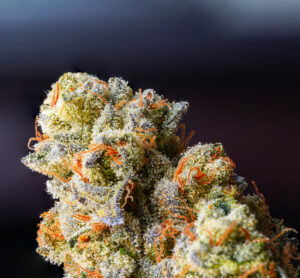
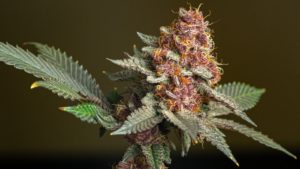
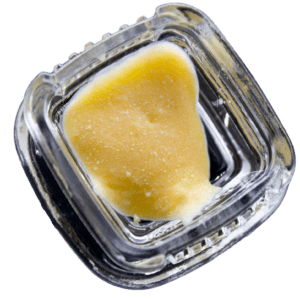
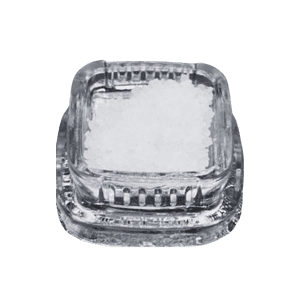

This Post Has One Comment
once again you give me some stuff I didn’t know. I will not be trying this ahahaha. but I want to try some of you diamonds forreal though